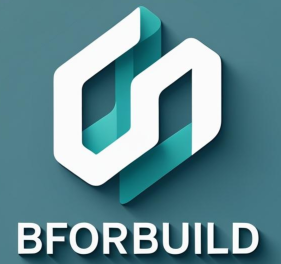When I first started learning Git, it honestly felt like a different language. Everyone else around me seemed to know what they were doing cloning repos, branching and pushing changes to their remote repositories. I’d hesitate before every command, worried that I was about to break something permanently. Reading guides like DataCamp’s roadmap for beginners gave me some comfort. I chose DataCamp’s Git learning guide because it struck the right balance between theory and practice. It laid out Git step by step, starting with the basics; repositories, commits and branches before moving on to advanced concepts. Its focus on hands-on learning encouraged me to actually type commands, experiment with branching, and intentionally create merge conflicts.
My early mistakes were painful but memorable. I used git add . far too often and accidentally committed random files I didn’t need. I also once tried to undo a commit with git reset and lost work that I hadn’t backed up. Merge conflicts? Those felt like dark magic. Seeing the <<<<<< and >>>>>> markers in my code used to confuse me and instead of carefully fixing conflicts, I’d paste over things just to move on which, of course, caused more problems later.
The turning point came when I stopped treating Git like a fragile system and started experimenting. I created small repositories where I could break things without consequences. I practiced branching and resolving conflicts just to see what would happen. This hands-on approach, which the DataCamp article also encourages, was what finally built my confidence. I learned to commit smaller changes, write better messages, and stop fearing mistakes because Git almost always has a way to recover.
These days, Git feels like second nature. I branch freely, resolve conflicts without stress, and push regularly to remotes so I never lose progress. The biggest lesson I’ve learned is that Git isn’t just about memorizing commands, it’s about developing intuition for when to use them. Git feels intimidating at first, but once it clicks, it becomes one of the most reliable tools in your developer toolbox and the only way to get good at it is to keep practicing.
Using Git in my future projects will help me stay organized, collaborate efficiently, experiment confidently, and work professionally. In the future, I plan to integrate Git with CI/CD (Continuous Integration and Continuous Deployment) pipelines. Every time I push new code, automated tests can run and successful changes can be deployed automatically. For team projects, Git will be essential. By using remote repositories on platforms like GitHub or GitLab, my teammates and I will be able to work on the same project simultaneously. Branching and pull requests will allow us to review each other’s code, discuss changes, and maintain high quality before merging updates into the main branch. Mastering Git it will make my future projects smoother, safer, and more scalable.
